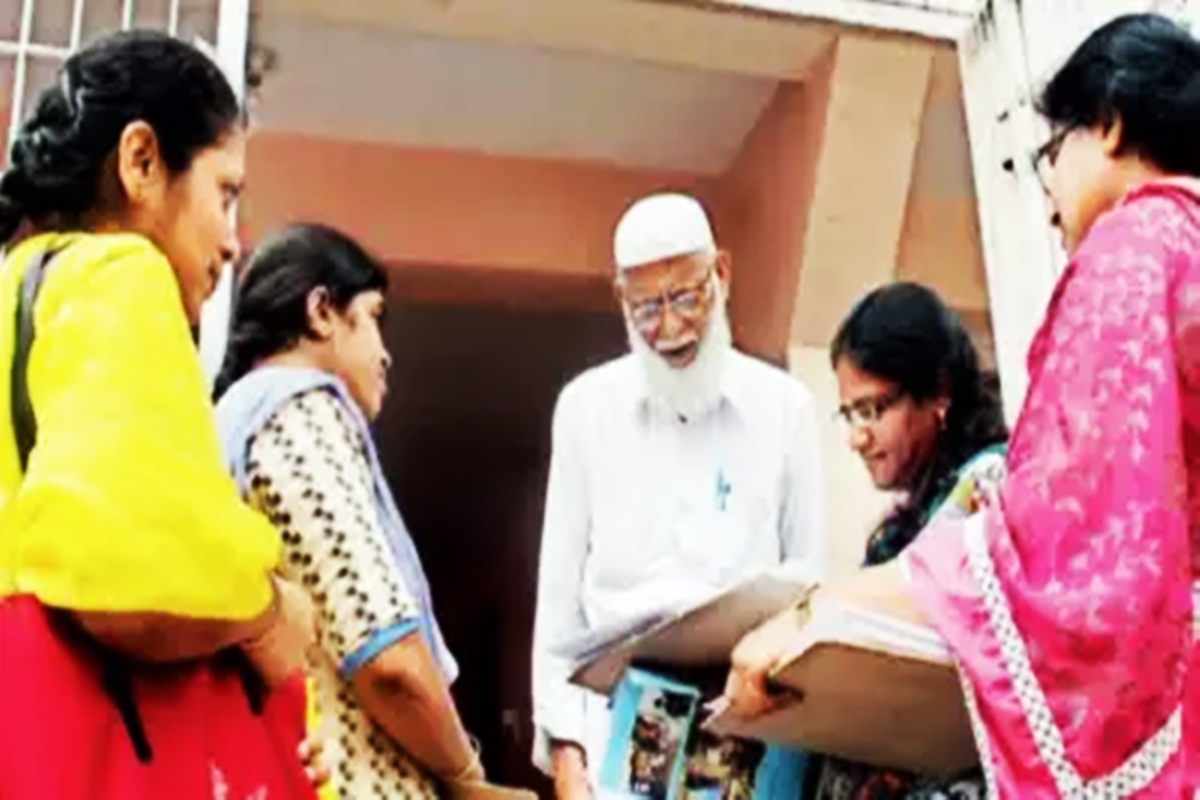Challenge in Bihar
In the tumultuous arena of Bihar politics, where alliances shift like sand dunes in the wind, this election seems poised to redefine the political landscape.
“Bihar’s recent caste census provides a statistical snapshot of the state’s diversity, highlighting a significant EBC population at 36%, with SC and ST communities at 19.65% and 1.6%, respectively.”

Representational Image
The Bihar government unveiled the results of its comprehensive caste-based census on Monday, shedding light on the religious and caste demographics in the state. The data paints a vivid statistical picture of the diverse communities residing in Bihar.
In terms of religious affiliation, the majority of Bihar’s population adheres to Hinduism, accounting for 81.99% of the total populace. Muslims constitute a significant minority at 17.70%, while Christians, Sikhs, Buddhists, and Jains represent smaller religious segments, each with their own unique presence.
Further analysis reveals various social strata and opportunities available to different groups. The prominent categories include backward communities at 27%, extremely backward at 36%, scheduled caste at 19.65%, and scheduled tribe at 1.6%. These communities often confront additional challenges and discrimination compared to others. A fraction of the population, approximately 16%, falls under the unreserved category, not aligning with any of the aforementioned groups.
Advertisement
Delving into caste dynamics, Bihar showcases a tapestry of identities. Notable castes include Yadavs at 14%, Brahmins at 3.6%, Rajputs at 3.4%, Kurmis at 2.8%, Kushwahas at 4.2%, Telis at 2.8%, and Bhumihars at 2.8%. Musahars, comprising a mere 3% of the population, represent one of the most economically disadvantaged and marginalized castes.
The comprehensive survey faced legal challenges and opposition from the BJP, but Chief Minister Nitish Kumar emphasized the importance of this report in steering the government’s developmental initiatives aimed at uplifting all sections of the society.
The groundwork for this census was laid with a government notification on June 6, 2022. The initial phase commenced on January 7, 2023, concluding on January 21. During this phase, census workers diligently canvassed Bihar’s 38 districts, encompassing 534 blocks and 261 urban local bodies, meticulously numbering households and recording vital data.
Over the course of this phase, a staggering 2,58,90,497 households were accounted for, with information on the head of the family and the total number of inhabitants meticulously documented. The monumental effort engaged more than 5.18 lakh personnel, spearheading this historic caste census. In the populous Patna district alone, 14.35 lakh families underwent scrutiny, with any omissions to be rectified through the District Caste Enumeration Cell.
This comprehensive caste-based census promises to be a pivotal tool in shaping policies and initiatives to foster the holistic development of Bihar, addressing the unique needs and challenges of its diverse communities.
Advertisement